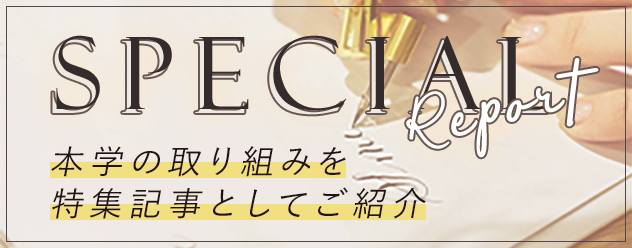トピックス
- 教育?研究
2023年04月05日
- プレスリリース
本学の研究グループがSHD治療における心エコー医と麻酔科医の放射線被ばくの実態、新開発の放射線防護板の効果について明らかにしました
帝京大学医学部内科学講座准教授 片岡明久、大学院医療技術学研究科診療放射線学専攻教授 古徳純一、医学部附属病院の常勤麻酔科医である国際教育研究所助手(当時) 栁川文香、先端総合研究機構産学連携推進センター助教 高田剛志らのグループが、構造的心疾患(SHD)治療における心エコー医と麻酔科医の放射線被ばくの実態、新開発の放射線防護板による防護効果について明らかにしました。
本研究成果は2023年3月28日(火)、1月25日(木)にそれぞれ、国際科学雑誌「Journal of the American College of Cardiology: Asia」、「Journal of Radiation Research」に掲載されました。
近年、SHDに対するカテーテル治療施行件数の飛躍的な増加に伴い、SHD治療に携わる心エコー医や麻酔科医の放射線被ばくのリスクも急増しています。特に、妊娠中の女性医師の被ばく防護は喫緊の課題ですが、従来の放射線防護板では、心エコー医や麻酔科医は使用時に防護板の横から半身を乗り出すなど無理な体勢で作業せざるを得ず、SHD治療の現場では、被ばく防護をしつつ作業性を維持できる防護板が求められていました。この問題を解決すべく、循環器内科医の片岡准教授の声掛けにより、麻酔科医の栁川助手、スーパーコンピュータによる放射線被ばくシミュレーションシステムを開発していた古徳教授、高田助教らが横断的に連携し、知見を集約することで本研究が実現しました。
SHD治療は術式によって放射線の投射方向が異なります。シミュレーションシステムの活用によって、各投射方向において経食道心エコーモニタリングをしている心エコー医が被ばくを受けやすい部位を推定し(図1A)、実際のSHD治療で、術式により心エコー医の被ばく線量が異なることを明らかにしました(図1B)。また、麻酔科医においては、被ばくを受けやすい部位や、手術室内の空間線量分布を推定することができました。また、作業のための開口部を設けた防護板を設置した際の防護効果についても、開口部の大きさを変えてシミュレーションを行うことで、開口部が小さければ、水晶体、腰部、頸部表面などへの線量は、開口部のない防護板と同程度であることを示すことができました(図2:Aは防護板を設置しない場合、Bは大きな開口部のある防護板、Cは小さな開口部を設けた防護板、Dは開口部のない防護板を設置した場合のシミュレーション結果)。
同グループは本学産学連携推進センター(センター長 中西穂高教授)と連携して、本研究結果をもとにSHD専用の放射線防護板に関する特許出願および株式会社エムエス製作所との共同製品開発を行いました。被ばく防護をしつつ作業性を維持できる防護板「FORUshield(フォルシールド)」は2022年9月より販売が開始されています。
Journal of the American College of Cardiology掲載論文はこちら
The Journal of Radiation Research掲載論文はこちら
FORUshield(フォルシールド)についてはこちら







